Home & Living
A Sanctuary of Exotic Orchids Lives Inside This Bolton Hill Basement
Pete Ma cares for upward of 250 orchids in his DIY grow room, which is filled with controlled water, climate, and lighting systems.
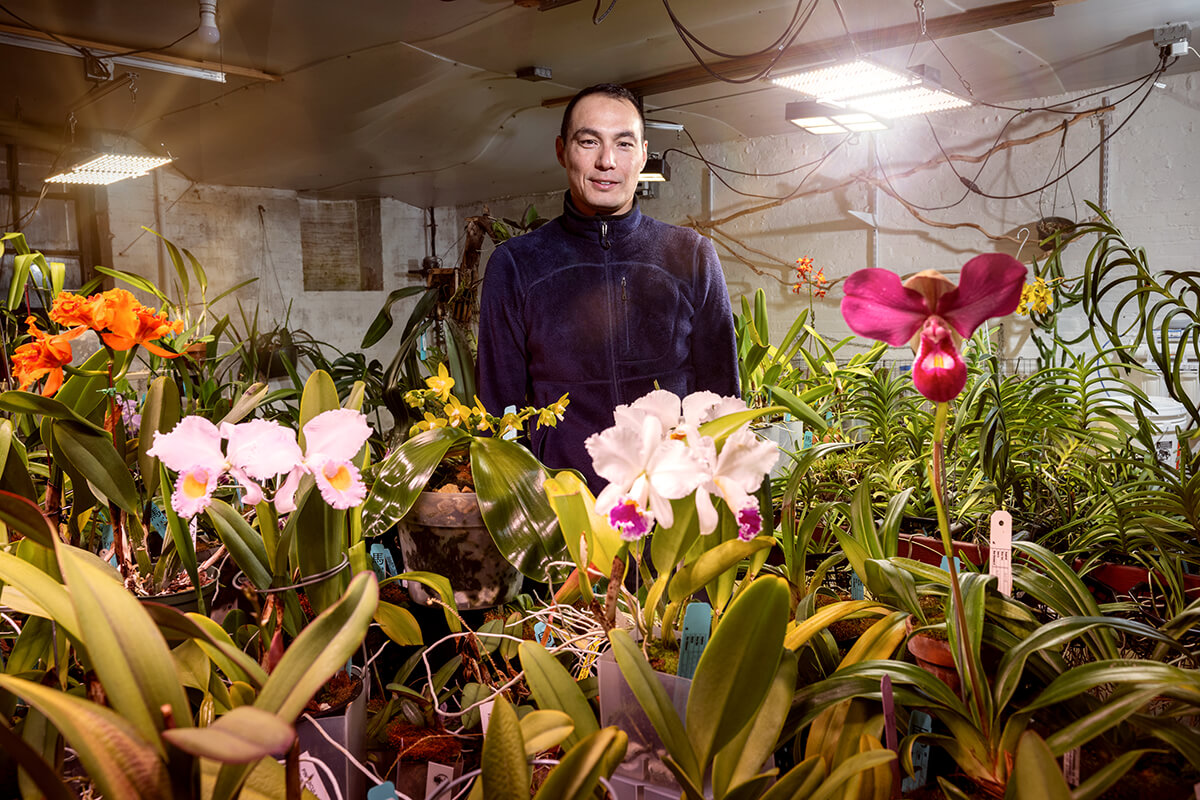
A bum leg caused Pete Ma to stumble into orchids.
A Silver Spring native, he’d taken an adventurous job in Palau after studying environmental science in the small Micronesian country for a semester. When a minor but untimely untimely soccer injury meant he couldn’t participate in a popular local run—he walked the forested path instead with some island women.
“Every other weekend or so there’d be these Hash House Harrier runs,” a non-competitive tradition started by British immigrants in Malaysia, Ma explains. “And people would follow on the blazed trail through the jungle and the women would collect orchids along the way. They’d take them home and grow them. They gave me a few and I immediately killed them.”
This was the early 2000s and Palau had little to no internet access. “I didn’t know about Google. I didn’t have the resources to learn how to grow these orchids, even though it was probably the best environment to do it,” he says. It wasn’t love at first sight, but a seed had been planted. “Failing and killing it, that bothered me enough that when I got back to the States, I wanted to try again.”
Opportunity knocked when a friend who was moving sought new homes for her orchids, which can take 5-7 years to bloom from seedling and can live up to 80 years. Although orchids can be found in nearly every habitat on the planet, including four dozen species in Maryland, they are notoriously hard to grow indoors, with many varieties requiring lots of light and humidity.
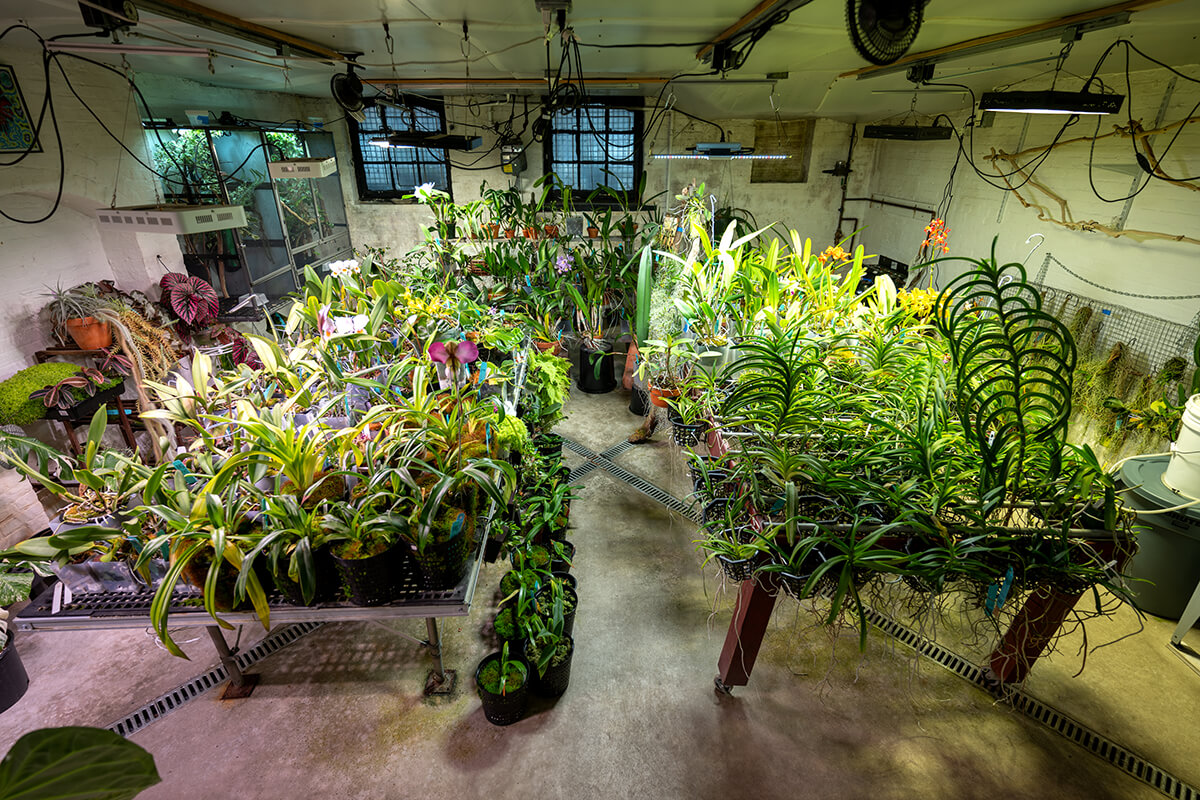
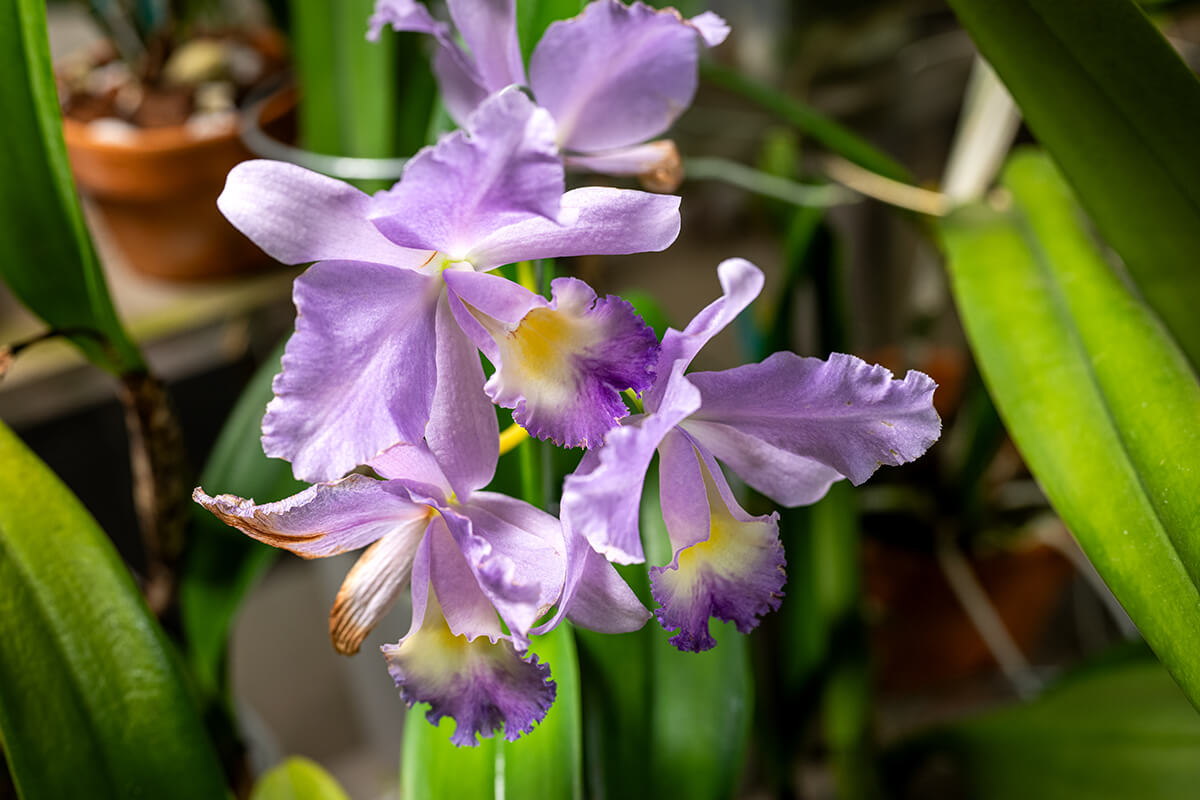
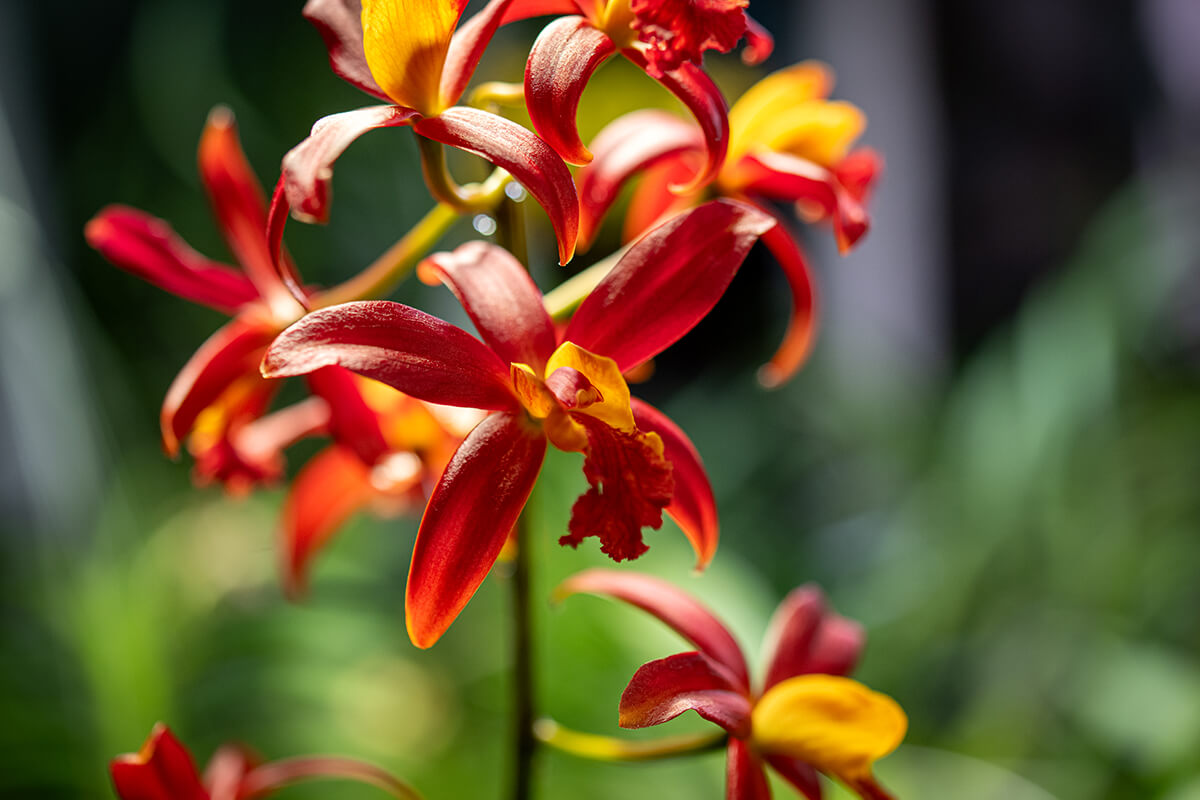
“They possess an exotic beauty—that is, if you can get them to flower,” says Ma, who’d come back to the area after grad school as a NASA data analyst, downloading satellite snapshots of climate and environmental imagery. “Something about that was intriguing to me.”
The art of growing rare orchids clicked in soon enough. As he speaks, Ma is surrounded by upward of 250 orchids in his DIY spaceship-like grow room in Bolton Hill. His 624-foot basement sanctuary is filled with high-intensity lighting panels, which move along ceiling runners, controlled climate and watering systems—and two chameleons (including one named Hei Hei by his kindergarten-aged daughter, after the animated Disney character).
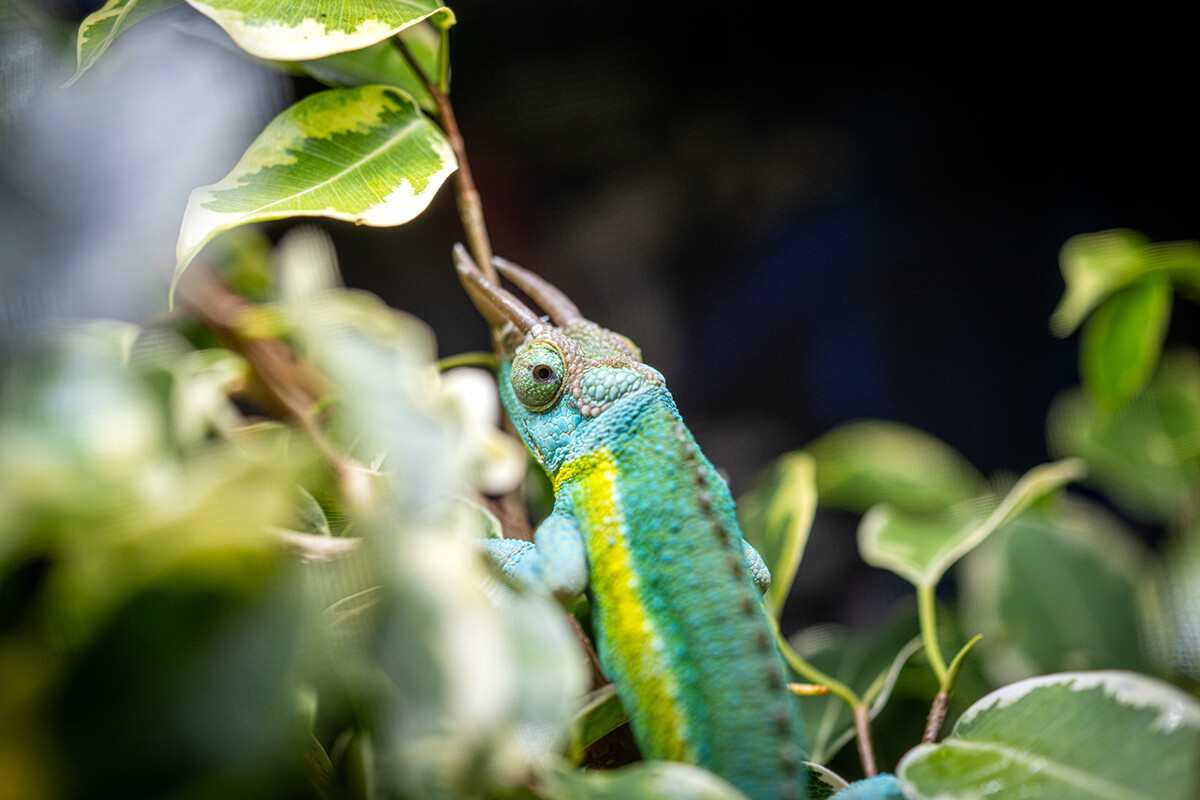
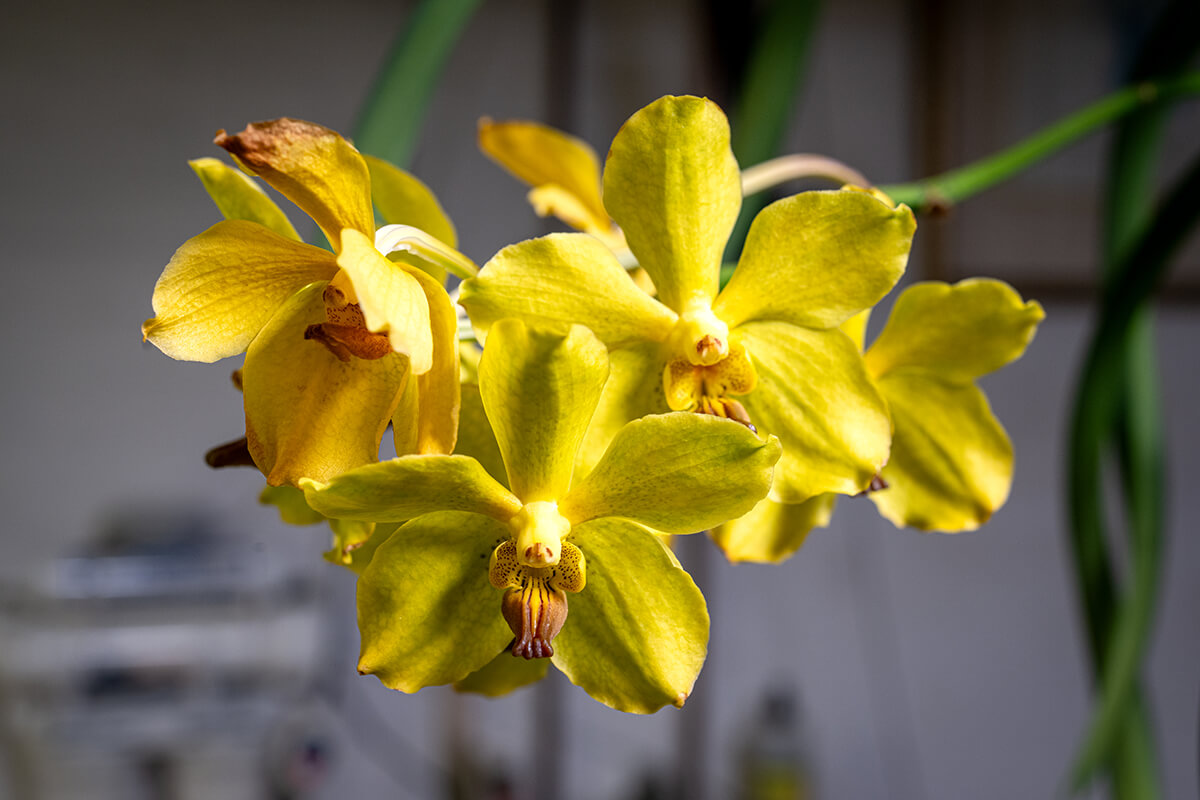
The burgeoning home-grown cannabis industry, he notes, has provided an affordable tech bounce for plant growers of all stripes. A phone app allows for 24/7 temperature and humidity monitoring.
That some orchid species are believed extinct, and others considered endangered, only adds to their allure, of course. A few enthusiasts have gone to extremes to document rare species—such as the law-flouting protagonist of Susan Orleans’ best-selling nonfiction book, The Orchid Thief.
Less familiar is the story of former Virginia collector Michael Kovach, who pled guilty to smuggling a previously unknown orchid out of Peru the same year as the comedy film Adaptation, based on The Orchid Thief, was released. By secreting away his first-of-its-kind find, Kovach hoped to receive credit for its discovery. In that regard, he succeeded. Flowers from the first legally imported seedlings of Phragmipedium kovachii later won “Best in Show” at Wisconsin’s annual Orchid Quest.
In truth, the obsessive culture around orchids more closely resembles the dog-breeding comedy Best in Show, something you can observe for yourself at the Maryland Orchid Society’s annual spring event at the Timonium Fairgrounds. That said, Ma’s own kovachii buds—he purchased seedlings of the Peruvian native from the same Florida gardens where Kovach revealed his stolen treasure—(pictured below) bloomed in mid-December.
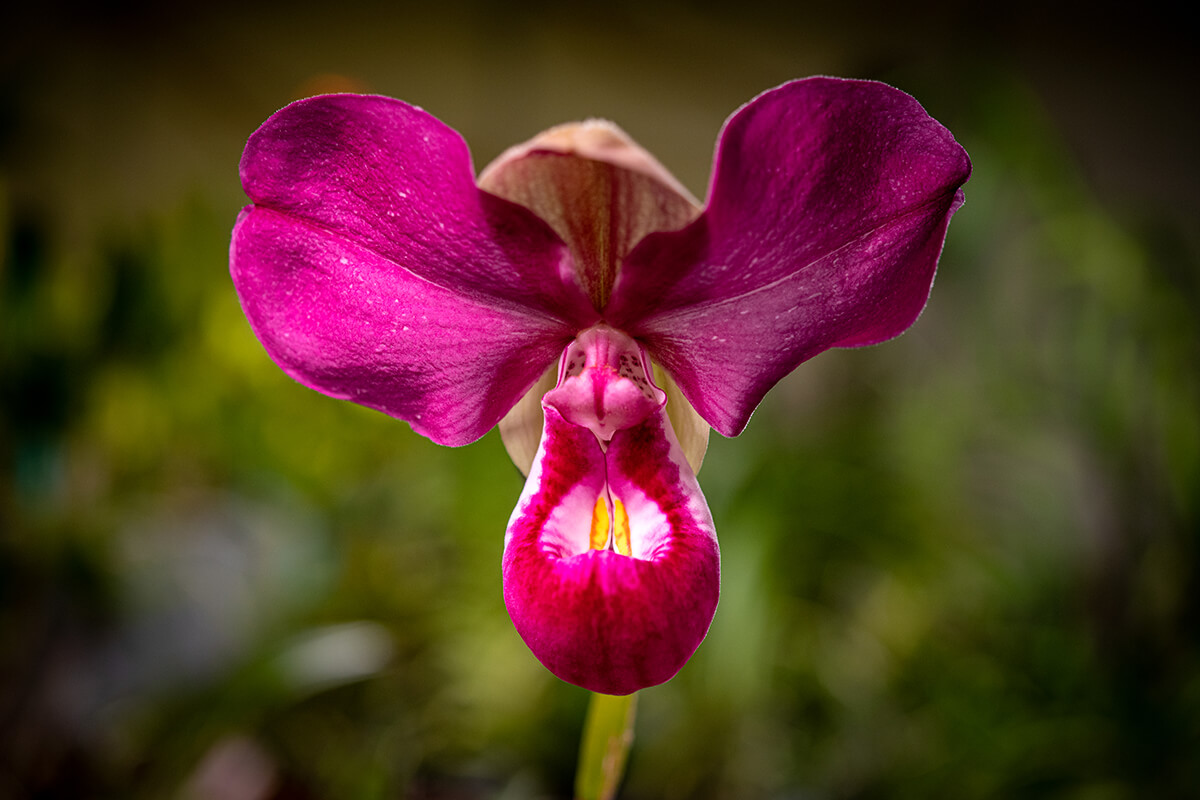
There are varied reasons people become consumed by orchids, which hold symbolic status, representing beauty, grace, love, and fertility, in many cultures. For some, it’s simply their aesthetic quality and fragrance. Ma jokes his hobby has become “an addiction,” adding with a laugh that his wife, a medical researcher and doctor, occasionally gets concerned about the attention he devotes to his orchids.
However, the way he talks about caring for them, it seems more of a healthy, even spiritual, practice.
“For me, it’s kind of a Mr. Miyagi and bonsai tree in The Karate Kid thing,” he says. “I can have the shittiest day and then go downstairs to the basement and just take a deep breath and it’s centering. The plants are going to be there, and if you’re nurturing them, and if you’re patient, and you do it right, you have this amazing flower that sometimes you’re the first person ever to see bloom.”